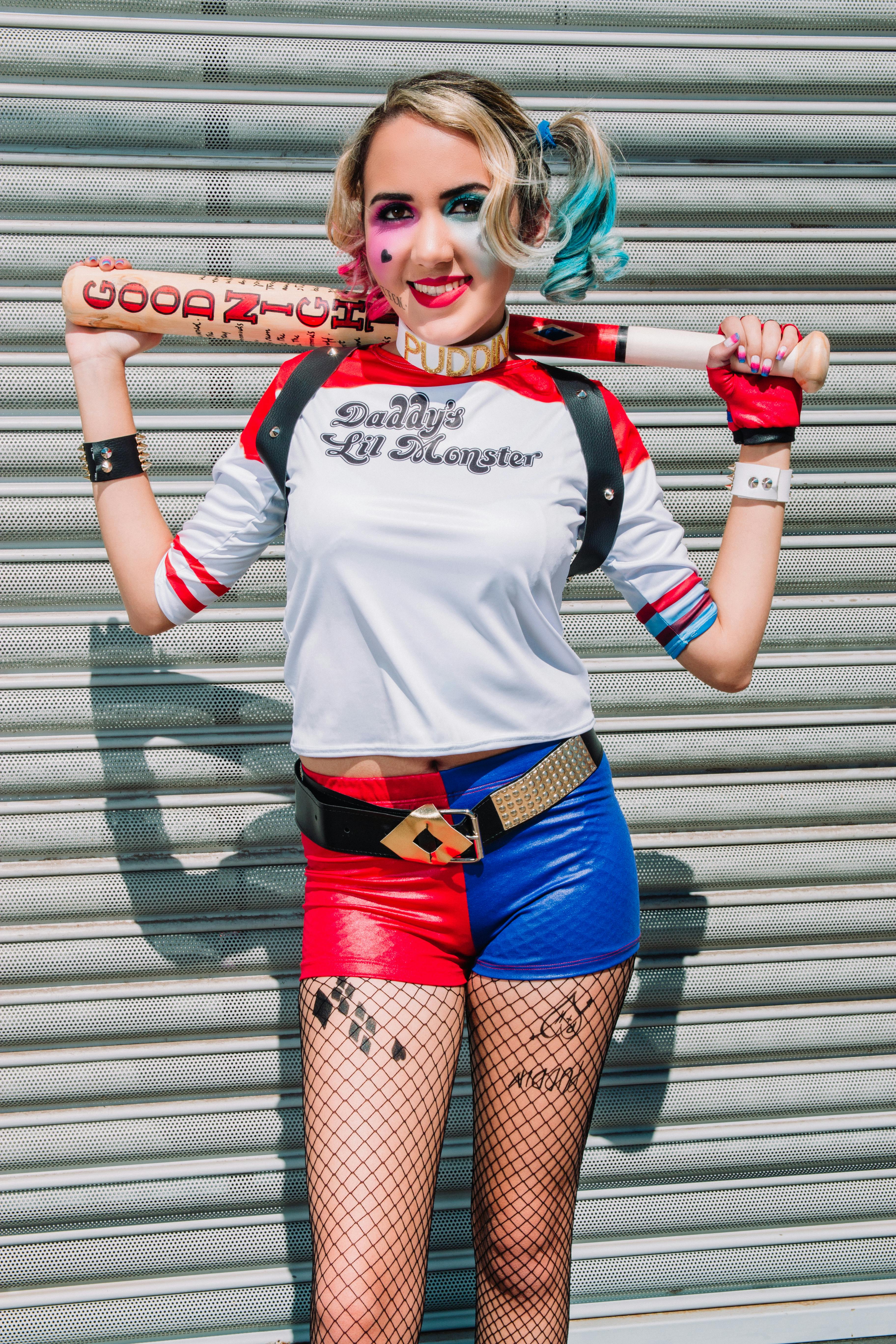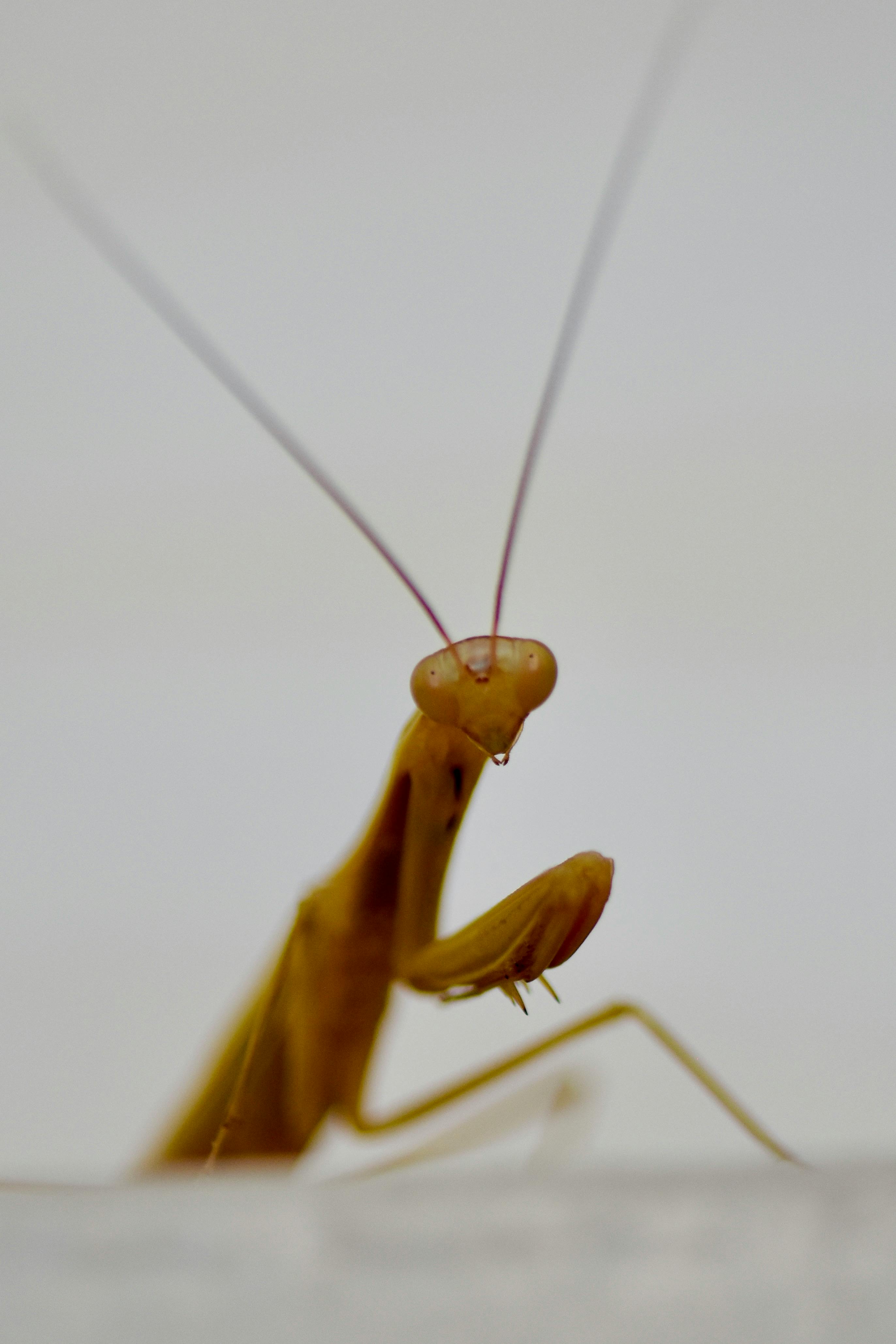Essential Guide to How to Draw Comics the Marvel Way in 2025
Drawing comics is an exhilarating creative process that combines storytelling with visual art. In the world of Marvel comics, this art form reaches legendary proportions, with iconic characters and rich narratives captivating audiences of all ages. This essential guide delves into the vibrant universe of Marvel comic art, uncovering techniques for mastering drawing superheroes, designing compelling comic characters, and creating dynamic comic narratives that resonate with readers.
Whether you're a novice artist or looking to refine your skills, learning how to draw comics the Marvel way offers numerous benefits. You'll gain insight into comic panel layout, character anatomy, inking techniques, and the overall comic creation process that has made Marvel a household name. This guide will also provide tips from professional comic artists and explore various drawing styles and tools tailored for comic illustration.
As we journey through this guide, expect to learn about establishing strong comic page compositions, building engaging plots, and understanding the pivotal role of visual storytelling in comics. From sketching to inking, each section will build upon the last, ensuring a comprehensive understanding of how to bring your comic book visions to life.
Key takeaways include practical techniques to enhance your comic art skills, tools of the trade, and insights into character development and emotional storytelling. Ready your pencils and prepare to embark on an artistic adventure through the Marvel universe!
Mastering the Fundamentals of Comic Drawing Techniques
Building on these fundamentals, let's explore the foundational drawing techniques necessary for creating compelling comic art. Understanding the basic principles of drawing is crucial to engaging your audience and effectively telling your story. Techniques such as perspective, proportion, and anatomy play significant roles in developing characters and scenes that resonate with readers.
Establishing Comic Panel Layouts
A well-structured comic panel layout is essential for guiding readers through the narrative. Each panel serves as a visual cue, dictating pacing and flow. Experimenting with innovative layouts can enhance the reader's engagement. Try different configurations, such as vertical and horizontal arrangements, to see what best fits your story.
Additionally, learn about panel transitions in comics, including how to use overlap to create suspense or change the direction of action. Mastering these techniques will help you build more dynamic storytelling experiences.

Understanding Comic Character Anatomy
Marvel characters often exhibit exaggerated anatomies that contribute to their unique identities. Understanding character proportions and anatomy studies is vital in creating relatable yet fantastically engaging superheroes and villains. Use reference images and anatomical studies to inform your drawing. Focus on muscle groups, movements, and how they influence character poses for comics.
By refining your skills in drawing superheroes, you'll enhance your ability to illustrate action scenes and interactions, bringing your characters to life in captivating ways. Remember, character anatomy is not about realism, but rather about conveying the personality and style of your characters effectively.
Inking Techniques for Dynamic Comic Art
Inking is where your comic art begins to shine. Transitioning from pencil to ink requires precision and confidence. Whether using traditional comic book pencils or digital inking tools, each method offers distinct advantages. Keep in mind how inking can alter the mood and tone of your comic. For instance, heavy inks can create a dramatic atmosphere, while lighter inks may provide a more whimsical feel.
Practice various inking styles and find your own voice within the Marvel comic techniques. Understand the differences between inking vs. coloring in comics, and experiment with techniques that best suit your artistic vision.
Developing Unique Comic Characters and Narratives
This naturally leads us to creating intriguing characters and gripping narratives—two elements that are at the heart of every great comic. Character development in comics requires careful consideration of backstory, motivations, and interpersonal relationships. An engaging character arc is essential in keeping readers invested in their journey.
Creating Engaging Comic Characters
Comic character design often includes distinct features that make them easily recognizable. Explore character archetypes in comics, from the hero to the anti-hero, and consider how you can innovate within these established norms. When designing costumes and appearances, make sure to reflect their powers and personality traits in their visual design.
Integrating feedback during the character creation process can significantly enhance their relatability and depth. Engage in comic art critique with peers to refine your character concepts.
Building Compelling Comic Narratives
The narratives in your comics should be as dynamic as your characters. Start with a solid comic script writing framework that outlines the plot, dialogues, and key action points. Effective dialogue in comics is crucial; it should complement the visuals while moving the story forward.
Focus on pacing in comic narratives, ensuring the emotional weight and critical moments resonate with the audience. Balancing text and images will allow for an immersive comic storytelling experience, capturing the reader’s imagination throughout the comic book.
Illustrating Action Scenes and Emotions
Drawing comic action scenes requires a deep understanding of motion and expression. Create dynamic poses using character interaction techniques, showcasing energy and movement. Essential to this is mastering drawing expressions—a powerful tool for conveying emotions and reactions that enhance narrative depth.
Building on principles of sequential art can help you effectively illustrate action sequences that flow smoothly from panel to panel. Study visual language in storytelling to create visual metaphors that resonate with the audience during high-impact moments.

Technical Skills and Tools for Comic Creation
With these concepts established, let’s delve into the technical skills and tools that will elevate your comic art. Familiarizing yourself with various comic art tools and techniques is vital as you progress in your artistic journey.
Essential Tools for Comic Drawing
Investing in quality tools is essential for creating professional comic illustrations. This includes understanding the differences between digital comic drawing methods and traditional comic art techniques. Each approach offers benefits, such as immediate edits in digital platforms versus the tactile satisfaction of traditional pencil and ink.
Be sure to explore comic book illustration software that suits your style, as well as accessories like comic book pencils and inking pens recommended by professional comic artists. Developing a unique comic art style often requires experimentation with various tools and techniques.
Advanced Techniques for Comic Shading
Shading plays a crucial role in establishing mood and depth in your artwork. Techniques for comic shading can vary widely; explore both traditional and digital methods. Use cross-hatching, stippling, or gradient filling to enhance the dimensionality of characters and backgrounds.
Incorporate color theory in comics to elevate your shading strategy. Understanding how light and shadows interact with colors will vastly improve the visual impact of your comics, making them more engaging for readers.
Creative Development and Building a Comic Portfolio
As we move toward the conclusion of this guide, it's vital to discuss how to showcase your work effectively and build a comic portfolio that stands out to publishers and audiences alike.
Building Your Comic Portfolio
A well-structured comic portfolio is essential for aspiring comic artists. Include a variety of comic drawing tutorials and projects, illustrating your range and expertise. Highlight pivotal works that showcase your technical skills, narrative abilities, and unique artistic voice.
Attending comic conventions for artists can provide networking opportunities and critiques from established professionals. Engaging with peers and mentors can inspire your growth as a comic artist.
Finding Your Comic Voice
Your comic voice is a reflection of your creative identity. It’s important to source comic inspiration from various styles and artists, while also infusing your narrative and artistic flair. Explore how different themes and storytelling approaches resonate with different demographics; this can greatly influence your style and artistic choices.
As you refine your comic development process, focus on producing content that genuinely reflects your vision and storytelling aspirations.
Conclusion: Embracing the Marvel Way of Comic Creation
In conclusion, learning how to draw comics the Marvel way encompasses a rich blend of artistic techniques, narrative creativity, and character development. By mastering comic panel layouts, exploring dynamic action scenes, and honing your storytelling skills, you will take significant steps toward becoming a successful comic artist.
Remember the importance of continual practice, feedback, and exploration of new styles and methods within the comic art realm. As you embrace the Marvel way, let your creativity flow, and share your unique comic stories with the world.
```